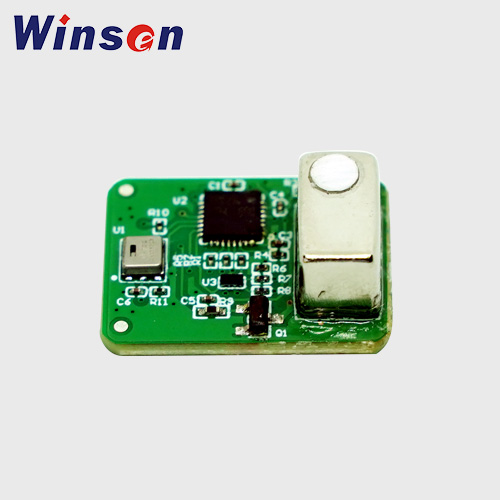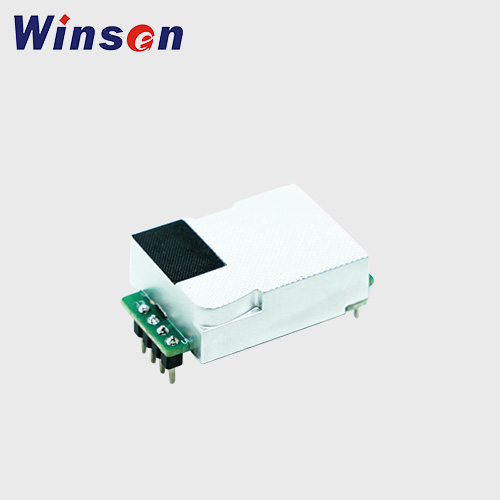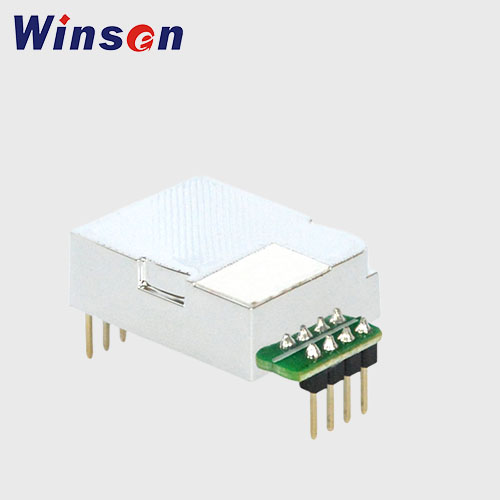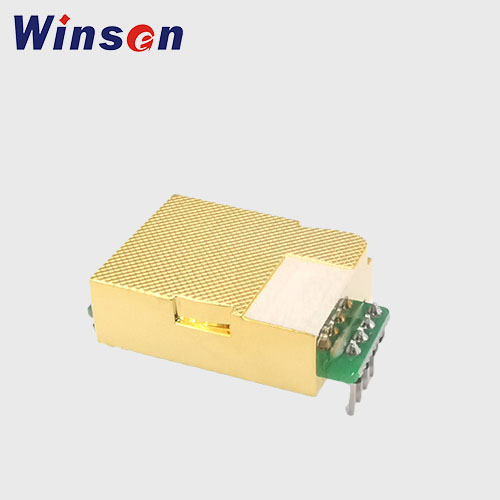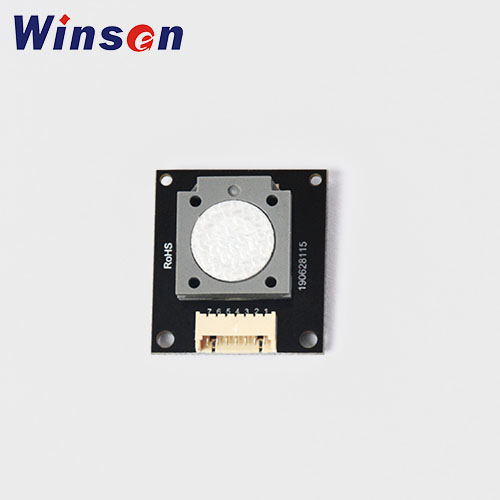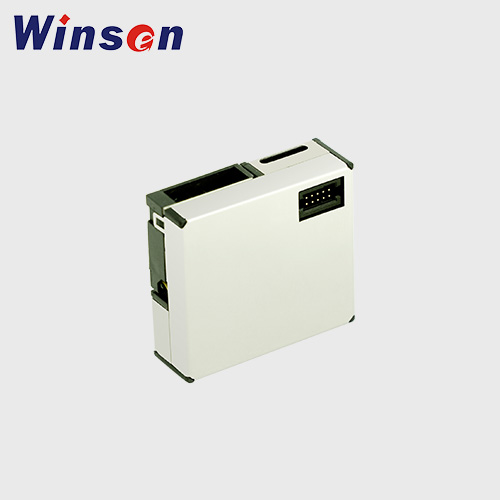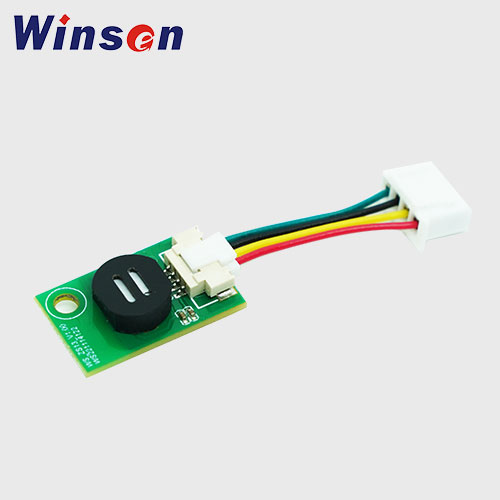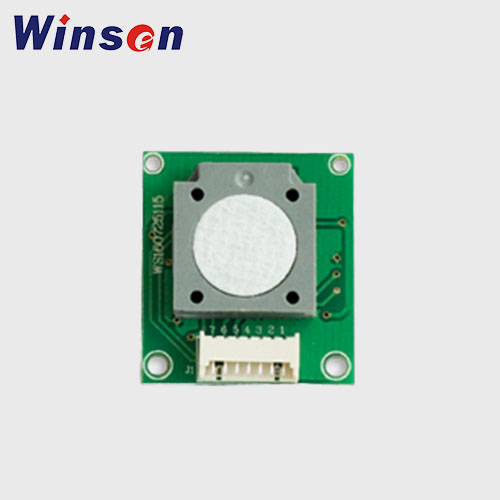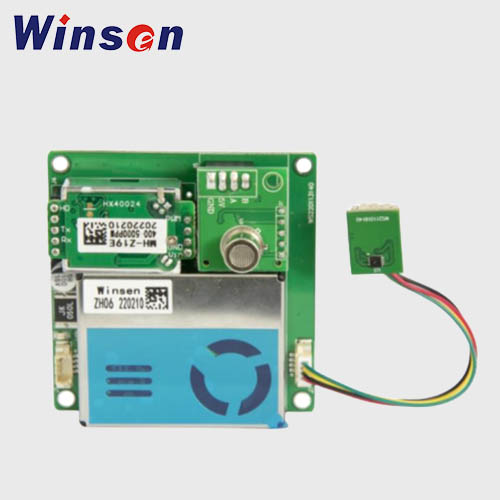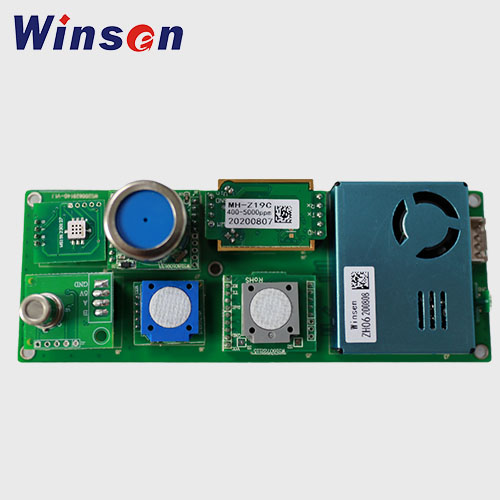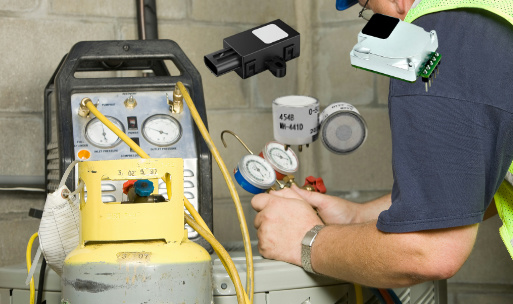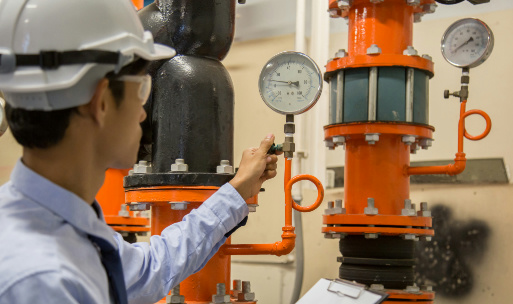Indoor Air Quality Monitors Sensor Solutions
Indoor air quality (IAQ) is a growing concern in today’s world as people spend nearly 90% of their time indoors. Poor air quality can lead to numerous health issues, including respiratory problems, allergies, and other long-term health impacts. Whether it’s in homes, offices, schools, or healthcare facilities, maintaining optimal IAQ is essential for health, safety, and overall well-being. Indoor air quality monitors equipped with advanced sensors provide precise data on pollutants and environmental factors, empowering individuals and businesses to maintain safe and comfortable indoor spaces.
Core Sensors for Indoor Air Quality Monitoring
IAQ monitors rely on various sensors to detect and measure different pollutants and environmental parameters. Here are the essential sensors in a comprehensive IAQ solution:
1. CO2 Sensors
Function: Carbon dioxide (CO2) sensors track levels of CO2, an indicator of ventilation efficiency and air freshness in indoor spaces. High CO2 levels can cause fatigue, reduced concentration, and even health risks.
Technology: Many CO2 sensors use Non-Dispersive Infrared (NDIR) technology, which offers high accuracy and low drift over time. NDIR technology involves passing infrared light through a gas sample; the amount of absorbed light correlates with the CO2 concentration.
Applications: CO2 sensors are used extensively in classrooms, office buildings, and crowded spaces to maintain safe air quality and improve productivity. In smart buildings, they are integrated with HVAC systems to optimize air exchange based on real-time CO2 data.
2. VOC Sensors
Function: Volatile Organic Compounds (VOCs) are emitted from products like paints, cleaning supplies, furniture, and personal care items. VOC sensors detect these chemicals, which can contribute to poor air quality and health issues, especially in enclosed spaces.
Technology: VOC sensors commonly use photoionization detectors (PIDs) or metal oxide semiconductors (MOS). These sensors respond to various VOCs, making them effective for indoor environments where multiple pollutants may be present.
Applications: VOC sensors are essential for residential and commercial spaces to ensure safe air and prevent prolonged exposure to harmful compounds. They are especially relevant in newly furnished or renovated spaces.

ZP16-A Air-Quality Detection Module
- HCHO, benzene, CO, H2, alcohol, NH3, smoke
- VOC:0-2.000mg/m3 CO2:350-2000ppm CH2O:0-1.000mg/m3
- Read More

Digital ZM106-VOC Module
- VOC, Ethanol, formaldehyde, toluene and other organic volatiles
- 0~10mg/m3
- Read More

ZPS20 Digital Sensor Module - VOC Temperature Humidity
- Formaldehyde, benzene, VOC, Temperature, Relative humidity
- 0~10mg/m3
- Read More
3. PM2.5/PM10 Sensors
Function: Particulate Matter (PM) sensors measure particles like dust, pollen, smoke, and other airborne particles that can affect respiratory health. PM2.5 sensors detect particles smaller than 2.5 micrometers, while PM10 sensors detect larger particles.
Technology: These sensors use laser scattering technology to detect and count particles in the air. Light is scattered when particles pass through a laser beam, and sensors measure the intensity of the scattered light to determine particle concentration.
Applications: PM sensors are valuable in urban settings, where pollution levels can be high. They’re also used in HVAC systems, air purifiers, and public facilities to ensure clean air.
4. Humidity and Temperature Sensors
Function: Humidity and temperature levels influence indoor air quality by affecting comfort and the presence of certain pollutants. For instance, high humidity can promote mold growth, while low humidity can lead to respiratory irritation.
Technology: Capacitive or resistive sensors are used for humidity, while thermistors are common for temperature. These sensors offer stable, accurate measurements crucial for maintaining a comfortable and healthy indoor environment.
Applications: Ideal for smart homes, offices, and healthcare facilities, humidity and temperature sensors ensure that HVAC systems can regulate the indoor environment effectively.
5. Formaldehyde (HCHO) Sensors
Function: Formaldehyde sensors detect formaldehyde (HCHO), a harmful gas often released from building materials, furniture, and household products. Formaldehyde is a known irritant and carcinogen, making it crucial to monitor its levels in indoor environments, especially in newly constructed or renovated spaces.
Technology: Formaldehyde sensors often utilize electrochemical sensing technology, where formaldehyde molecules react with the sensor’s chemical layer, producing an electrical signal proportional to the concentration of formaldehyde in the air. Some sensors also use metal oxide or photoelectric technology for formaldehyde detection, with each type optimized for specific applications.
Applications: Formaldehyde sensors are valuable in residential and commercial settings, particularly in spaces with new furniture or flooring, as well as in laboratories and manufacturing facilities where formaldehyde use is common. By providing real-time formaldehyde detection, these sensors protect occupants from potential health risks associated with prolonged exposure.

Electrochemical HCHO Formaldehyde Sensor Module ZE08B-CH2O
- CH2O, HCHO, Formaldehyde
- 0~1.6ppm
- Read More
6.MULTI-IN-ONE MODULE
Applications of Indoor Air Quality Monitors Across Industries
Our IAQ sensor solutions serve diverse industries and use cases, each requiring unique air quality standards:
Residential Use
IAQ monitors for homes help families maintain safe indoor environments. These sensors can alert residents to poor air quality and provide data on pollutants, enabling timely action.
Commercial and Office Buildings
Indoor air quality is essential for productivity and employee well-being. In commercial spaces, IAQ monitors help facility managers ensure that indoor spaces remain safe and comfortable, meeting regulatory health standards.
Healthcare Facilities
Air quality control is critical in hospitals, clinics, and laboratories, where poor IAQ can lead to contamination and health risks. Our sensors provide precise and reliable monitoring solutions to meet strict environmental standards.
Schools and Universities
High occupancy and enclosed spaces in educational institutions can lead to poor air quality. IAQ monitors help ensure ventilation efficiency, which supports student health, concentration, and comfort.
Transportation and Hospitality
Public transport vehicles, hotels, and other hospitality settings benefit from IAQ monitoring to provide safe and comfortable environments for passengers and guests. Sensors track pollutants, ensuring quality and safety.
Why Choose Our Indoor Air Quality Sensor Solutions?
Here are a few reasons why our IAQ sensor solutions stand out in the industry:
- Extensive Industry Experience: Our expertise in sensor technology and product quality allows us to offer trusted IAQ monitoring solutions.
- Customizable Solutions: We offer a range of sensors that can be adapted for specific customer needs, from residential to industrial applications.
- Strong Support Services: Our commitment extends beyond sales with excellent customer support, warranties, and maintenance options.
- Focus on Innovation: Our research and development team constantly improves sensor performance to keep pace with evolving industry standards.
Frequently Asked Questions (FAQs) on Indoor Air Quality Monitors
What pollutants do your IAQ monitors detect?
Our IAQ monitors can detect key pollutants, including CO2, VOCs, PM2.5, PM10, humidity, and temperature, ensuring comprehensive air quality monitoring.
How accurate are these sensors?
Our sensors are highly accurate and employ advanced calibration to provide precise measurements over long-term use, making them reliable for critical applications.
Can these sensors integrate with my current HVAC system?
Yes, our sensors are compatible with most modern HVAC systems and IoT platforms, making integration seamless.
Conclusion
With growing awareness of indoor air quality’s impact on health and productivity, reliable IAQ monitoring is more critical than ever. Our sensors empower businesses and homeowners to create safe, clean, and comfortable indoor environments. Explore our full range of IAQ sensor solutions to find the perfect match for your needs, or reach out to our team for custom solutions tailored to your specifications.
